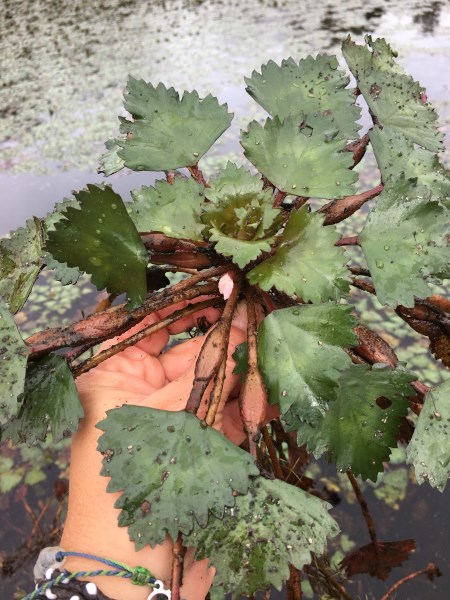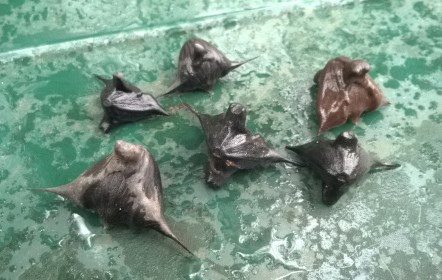Last updated: April 1, 2025
Article
National Capital PRISM and Invasive Species

US Army Corps of Engineers / Lynde Dodd
National Parks are engaged in a fight with invasive species across our area that threaten the very park resources we are obliged to protect. But because invaders don’t recognize jurisdictional boundaries, even when a park succeeds in eradicating an invasive species, it can easily creep back over the park boundary from adjoining lands and re-invade. That’s why parks need to work together with our partners, neighbors, and other federal and state entities to manage across boundaries. We can’t do it alone.
That, in a nutshell, is why NatCap PRISM (National Capital Partnership for Regional Invasive Species Management) was created. To coordinate the cross-boundary fight against invasive species in D.C. and all surrounding counties. Still a relatively new effort, NatCap PRISM has already begun to operate:
Weed Warrior Training:
Each spring, NatCap PRISM co-sponsors training designed for volunteers interested in helping manage non-native invasive plants in our parks. First held in spring 2021, weed warrior training is also supported by the NCR Invasive Plant Management Team (IPMT). NCR staff can contact Aleksandra Voznitza by NPS email to schedule an event/training at their park.
Using App Data to Scan the Horizon for the Next Invasive Threat:
PRISM is harvesting data from mobile apps like iNaturalist, and EDDMapS to keep an eye out for potential trouble. Anyone interested can use the apps to record sightings of unknown, suspected, or invasive species.

U.S. Geological Survey / Nancy Rybicki
Sharing Invasive Species Alerts:
NatCap PRISM is sharing information about so-called “early detection and rapid-response” invasive species that have potential to newly invade our area. Their efforts have included updates on Cuban tree frogs that hitchhike on houseplants and updates on the aquatic plant Two-Horned Trapa (Trapa bispinosa). This noxious plant has colonized ponds in Fairfax, Loudon, and Prince William Counties in Virginia and could threaten the Potomac River. It has large seeds with horns sharp enough to puncture car tires and is likely spread by geese when seeds lodge in their feathers.
To learn more about NatCap PRISM, and how they’re helping fight invasive species, contact Sara Tangren.
Tags
- anacostia park
- baltimore-washington parkway
- chesapeake & ohio canal national historical park
- fort dupont park
- fort foote park
- fort washington park
- george washington memorial parkway
- glen echo park
- great falls park
- greenbelt park
- kenilworth park & aquatic gardens
- national capital parks-east
- oxon cove park & oxon hill farm
- piscataway park
- rock creek park
- ncr
- natural resource quarterly
- summer 2021
- invasive species
- invasive plants
- invasive animals
- collaboration
- prism
- ipmt
